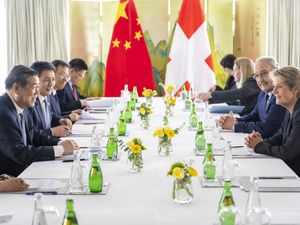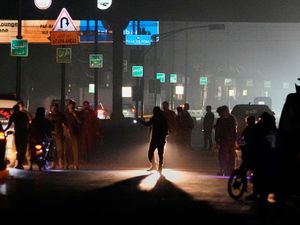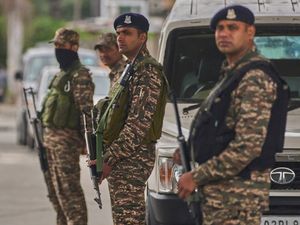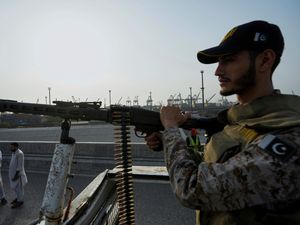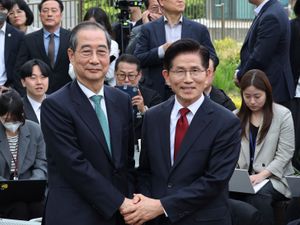Hamas’s top leader Yahya Sinwar killed in Gaza, says Israeli military
Troops appear to have run across him in a battle, only to discover afterwards that a body in the rubble was the man Israel has hunted for over a year.
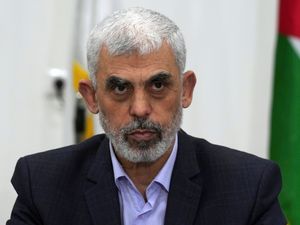
Israeli forces in Gaza have killed Hamas leader Yahya Sinwar, a chief architect of last year’s attack on Israel that sparked the war, the military said.
Troops appeared to have run across him unknowingly in a battle, only to discover afterwards that a body in the rubble was Israel’s most wanted man.
Israeli leaders celebrated his killing as a settling of scores just over a year after Hamas-led militants killed some 1,200 people in Israel and kidnapped 250 others in an attack that stunned the country.
They also presented it as a turning point in the campaign to destroy Hamas, urging its fighters to surrender and release some 100 hostages still in Gaza.
“Hamas will no longer rule Gaza. This is the start of the day after Hamas,” Prime Minister Benjamin Netanyahu said.
US officials expressed hopes for a ceasefire with Mr Sinwar out of the picture.
But eliminating him may not end the devastating war, during which Israel has killed more than 42,000 Palestinians and destroyed much of the Gaza Strip.
His death is a crippling blow to the group.
But Hamas has proven resilient to past losses of leaders.
There was no immediate confirmation from Hamas of Mr Sinwar’s death.
Mr Netanyahu has said Israel will keep fighting until hostages are free, and that it will keep control over Gaza long enough to ensure Hamas does not rearm – an effective occupation that raises the possibility of months or even years of continued fighting.

Earlier this month Israel opened a new front in its war with Hezbollah, stepping up bombardment in Lebanon and launching a ground campaign against the Iran-backed militia after a year of trading cross-border fire.
In his speech about Mr Sinwar’s death, Mr Netanyahu said: “Our war is not yet ended.”
US President Joe Biden called Mr Sinwar’s death a “good day for Israel, for the United States, and for the world”, and said it opens the way for “a political settlement that provides a better future for Israelis and Palestinians alike”.
He said he would talk to Mr Netanyahu “to discuss the pathway for bringing the hostages home to their families, and for ending this war once and for all”.
Mr Sinwar has been Hamas’s top leader inside the Gaza Strip for years, closely connected to its military wing while dramatically building up its capabilities.
He was elevated to Hamas’s highest spot in July after his predecessor Ismail Haniyeh was killed in an apparent Israeli strike in the Iranian capital Tehran.
In the past months, Israel has eliminated a string of senior figures from Hamas and Lebanon’s Hezbollah with air strikes.
Israel has claimed to have killed the head of Hamas’s military wing, Mohammed Deif, in an air strike, but the group has said he survived.

But in Mr Sinwar’s case, troops found him by chance.
An Israeli military official said that Mr Sinwar “engaged in combat” with Israeli troops operating in Gaza’s southernmost city of Rafah, and was spotted running into a building.
The army struck the building with tank fire.
The army had suspected a number of top Hamas officials including Mr Sinwar were in the vicinity, but Mr Sinwar was not the target of that day’s specific operations, said the official.
Visiting the site of the killing, Israel’s army chief Herzi Halevi said that while the military had conducted “many special operations in this war where we had excellent information …. Here, we didn’t have that and the response was very, very strong”.
Photos circulating online showed the body of a man resembling Mr Sinwar with a gaping head wound, dressed in a military-style vest, half buried in the rubble of a destroyed building.
The security official confirmed the photos were taken by Israeli security officials at the scene.
The military said three militants were killed in the operation.

Police said one of them was confirmed as Mr Sinwar by dental records and fingerprints, and DNA tests were ongoing.
Mr Sinwar was imprisoned by Israel from the late 1980s until 2011, and during that time he underwent treatment for brain cancer – leaving Israeli authorities with extensive medical records.
Mr Netanyahu said Israel had “settled its account” with the man behind the October 7 attack.
But he added “the task before us is not yet complete”.
Mr Netanyahu said anyone in Hamas who surrendered weapons and assisted with the return of the hostages would be allowed to leave Gaza safely.
Some 100 captives are still inside Gaza, about a third of whom are believed to be dead.
Hundreds of people demonstrated in Tel Aviv on Thursday night for the release of the hostages after news of Mr Sinwar’s death emerged.
Some carried signs that read “Sinwar’s end, end the war.”
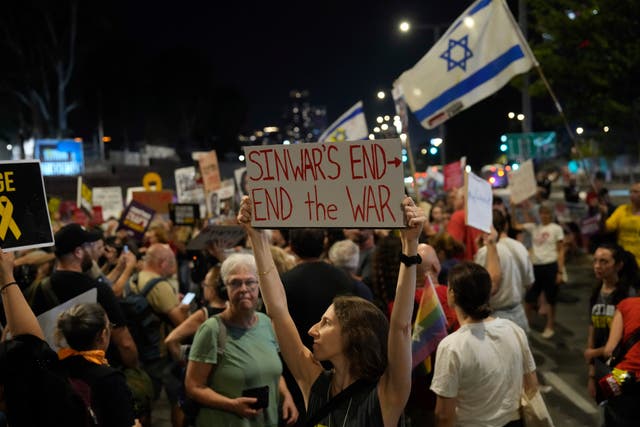
Ifat Kalderon, whose cousin, Ofer Kalderon, is being held hostage in Gaza, said he was happy that Mr Sinwar was dead but “scared about the 101 hostages… They might murder them or do something because of the murder of Sinwar”.
In the central Gaza town of Deir al-Balah, one Palestinian woman displaced from her home in the north said she hoped Mr Sinwar’s death would bring an end to Israel’s campaign.
“What more goals do they have than that? Enough. We want to go back,” said the woman, Umm Mohammed.
Some praised Mr Sinwar as a symbol of resistance against Israel’s decades-long occupation of the Palestinians in the West Bank.
Ahmed Hamdouna, who also fled his home in northern Gaza, said Hamas would be able to replace him.
“After the leader, a thousand leaders will come. After the man, a thousand men will come,” he said.
For more than a week Israeli forces have been waging a ground campaign in Jabaliya refugee camp in northern Gaza, saying they are battling Hamas fighters who have once again regrouped there.
On Thursday, an Israeli strike hit a school sheltering displaced Palestinians in Jabaliya, killing at least 28 people, according to Gaza’s Health Ministry.
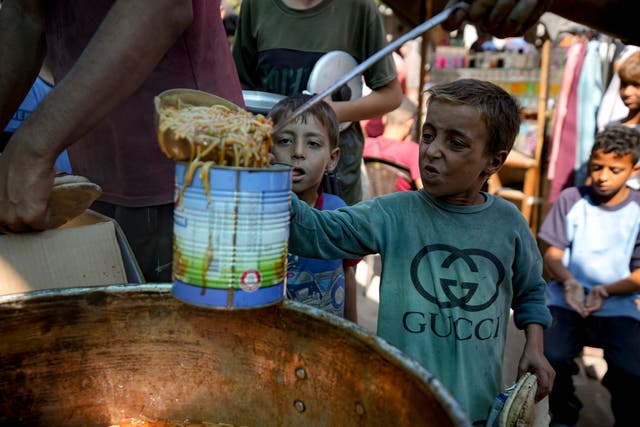
Fares Abu Hamza, head of the Gaza Health Ministry’s emergency unit in the north, said the dead included a woman and four children.
The Israeli military said it targeted a command centre run by Hamas and Islamic Jihad inside the school.
It provided a list of around a dozen names of people it identified as militants who were present when the strike was called in.
It was not immediately possible to verify the names.
Israel has repeatedly struck tent camps and schools sheltering displaced people in Gaza.
The Israeli military says it carries out precise strikes on militants and tries to avoid harming civilians, but its strikes often kill women and children.

